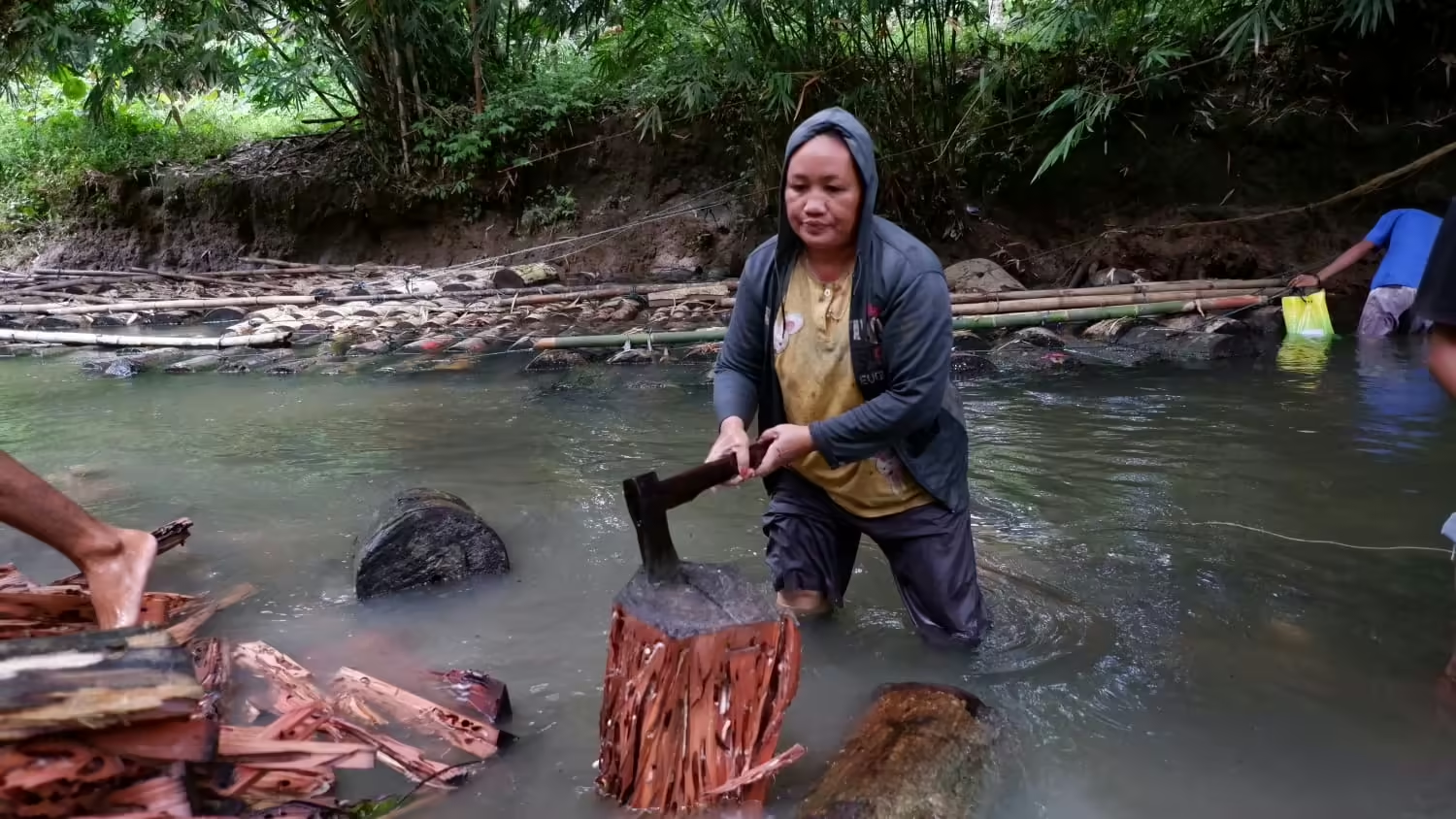Jakarta, Ekuatorial — Despite of moratorium, Indonesia still lost nearly one million hectares of its forest areas, a study reveals in Jakarta, on Wednesday (29/4).
The study, launched by Walhi (Indonesian Forum for the Environment) and Kemitraan, analyses forest moratorium implementation especially in four provinces, — Riau, Jambi, South Sumatra, and Central Kalimantan –, between 2011 and 2015.
During four years of implementation, the team had found that instead of increasing natural forests and peatlands to be protected, a total of 968,891 hectares has been exempted from the moratorium.
The largest exemption occurred in Central Kalimantan with a total of 532,202 hectares. Followed by Riau with 330,716 hectares , Jambi with 66,702 hectares and South Sumatra with 39,273 hectares. Most of these areas were peatlands.
In addition, the study also found that there were lots of new permits for industrial plantation forest, lend-use permits for mining, and release permits for plantations during moratorium. For instance, permits issued for industrial plantation forests cover a total of 1,131,165 hectares. Meanwhile, a total of 7.7 million hectares of Other Use Areas (APL) has been released in 20 provinces.
“So, we can conclude that moratorium is not going in the same direction with its regulation because as we can see it can not hold down rate of permit issuance [on natural forests and peatlands]. Instead, they are increasing,” said Hasbi Berliani, Sustainable Environment Governance program manager of Kemitraan, at the launching event.
Furthermore, Berliani said that the moratorium should be based on performance and not limited to two years. “It should be clear on what kinds of end results expected [from the moratorium] because there has yet any significant improvement for the past few years,” he said adding that the moratorium should not be limited in time and implemented under presidential regulation, instead of presidential instruction.
Previously, Minister of Environment and Forestry Siti Nurbaya had announced that the government will be extending the moratorium by 2017 under a presidential instruction.
Meanwhile, I Nengah Surati Jaya, lead scientist of the study, said that revisions of moratorium maps should have been done within a year to five years time, not every six months to prevent from constant changes of the map.
“The changes form a group not spread pattern if you look at the map. We have yet to conclude anything but we suspected that there was systematic method for certain activities,” said Jaya.
In addition, he said that moratorium did not necessarily means that to leave forest areas without any improvement. “On the contrary, moratorium also meant for recovery, for instance reforestation, enhancing carbon stock, also better forest management implementation.”
Responding to the study, Arief Yuwono, deputy minister for climate change, said that there was inconsistency between the regulation and implementation.
“We will need to look into other policies to support moratorium which can serve as monitoring tool,” said Yuwono referring to the regulation on extending the moratorium.
The moratorium carried good intention but he admitted that there were violations in the ground resulted to the shrinking protected areas.
“The purpose for moratorium is to have a stable forest areas [data], better forest management, and law enforcement. Those are the purposes but along the way, it seems that the areas are declining because of some violations. That is why we need to have regulation which in line with other policies and better monitoring,” he said. Fidelis E. Satriastanti



